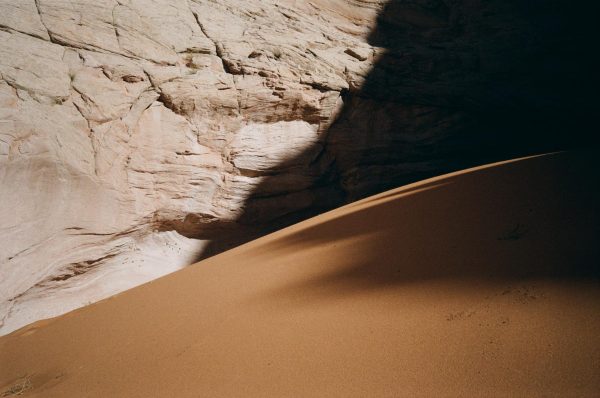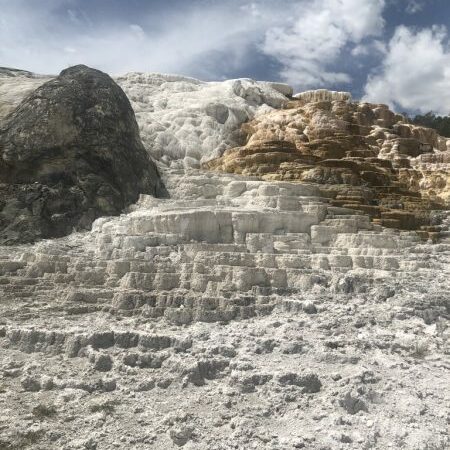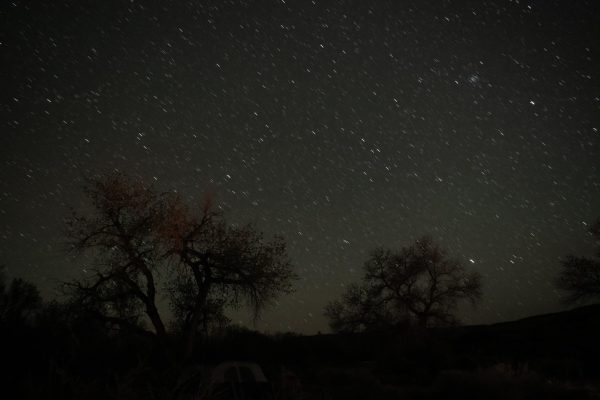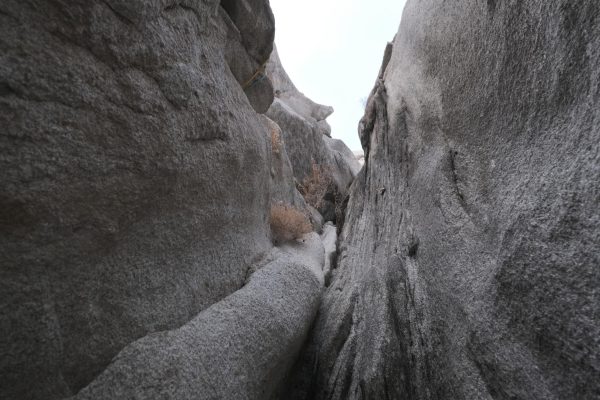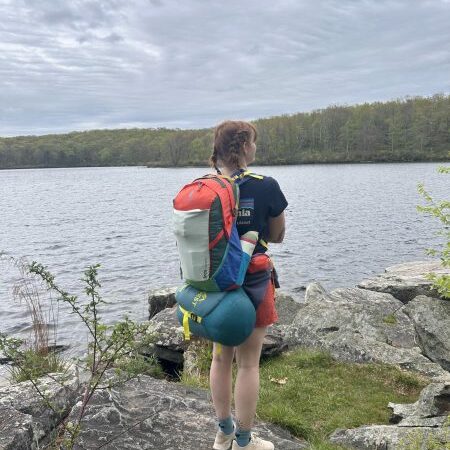Cut and Dry
The brutal fragility of the ecosystem. A wilderness of life and death, continuing in a state of homeostasis through these exact cycles, over and over again. A world of self-regulation, where the existence of even the smallest organism is placed on the slightest edge with no margin for error. Each living creature, entirely dependent on even the one that eats it, in a race for survival.
Balance.
The Yellowstone Region, a rugged and vast landscape of raw wilderness shaped by a massive super volcano hidden miles beneath the surface of an ecosystem teeming with life. One, which for most of its existence, flourished without the presence of humans. There’s no question the impact that we, humans, have had on our planet, and I’m not just talking about humans in the age of fossil fuels and microplastics. Those who lived tens of thousands of years ago in ancient communities across the Americas had a substantial impact on our environment and the very climate itself. During the time of the thriving Meso-American civilizations, millions of people used the Earth’s resources to create massive farmlands and burned mass amounts of wood. In the aftermath of the invasion of European explorers and the subsequent smallpox epidemic, so many natives died that a mini-ice age occurred due to the sudden regrowth of forests.
The idea that America was a pristine, uninhabited environment was certainly far from the case, but regardless, humans have found much more efficient ways of impacting our planet with much more malicious intent.
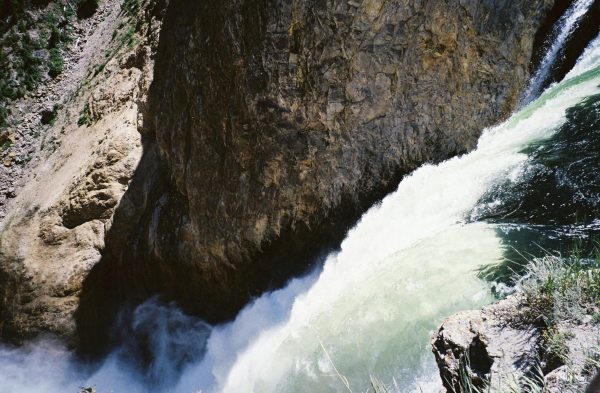
Cruising along the banks of the rivers in the park and at the depths of Yellowstone Lake, The Yellowstone Cutthroat reigned. Marked by a distinctive red slash near its neck giving it its name, this species of fish played a vital role in the ecosystem, serving as prey for the park’s bears and maintaining the historic waterways. For most of their existence, the Cutthroat population was isolated by natural barriers and inhabited only a small portion of the park. That was until the first explorers would arrive.
In the following years after Yellowstone’s “discovery”, the desire for increased angling opportunities influenced the transplant of the native Cutthroat to previously fish-less waters in the park. As time went on, non-native fish like the brook and brown trout were introduced into the park which began a massive struggle for resources and habitat between the native species. But the worst was yet to come. Sometime in the late 1900’s, the Lake Trout were introduced illegally into Yellowstone National Park, primarily in Yellowstone Lake. This massive, predatory fish quickly took hold of Cutthroat habitats in the lake. With no natural predators in the park, the Lake Trout were left to feast on the Cut. As a result, the Yellowstone Cutthroat population plummeted. While the other non-native fish species introduced were far less of a threat, their presence began to cause interbreeding among the Cutthroat leading to hybridized fish. As this continued, the native Cutthroat gene began to be erased from history.
The consequences of human intervention.
As this issue began to be more apparent, great leaps were made over the past few decades to not only restabilize the Yellowstone Cutthroat, but to preserve the pristine, historic gene of this fish. For the most part, these efforts have been successful, and further monitoring continues around the park. But this begs the question,
Why does any of this matter?
To the average reader that may have been unaware of this issue until now, it may seem like a niche problem in a world plagued with environmental issues, but this issue means a lot to not only conservation but to your recreation and enjoyment in the outdoors. The pristine, natural state of the environment should be valued with the upmostimportance when it comes to our recreation. The natural order of our outdoors existed in brutal harmony long before we started meddling with things and keeping it that way preserves the rawness of the places we love. Invasive plant and animal species introduced by humans can completely alter an environment. Non-native grasses can quickly choke out the natural biodiversity, and species like the Lake Trout can decimate fish populations that were crucial to the diet of predators.

For fly fisherman and anglers like me, hybrid species pose a massive threat to the enjoyment of fishing. Many anglers make the pilgrimage to water heads in the Yellowstone region to exclusively target the Yellowstone Cutthroat, but with the increase in hybrid species and the decline of the native gene, the areas where these fish inhabit are rapidly shrinking. As visitors and stewards of the lands, it’s vital that we cherish that natural beauty of it. Being conscious enough to not illegally introduce non native species into these areas may seem like a no brainer, but being able to identify when this might happen and the threats doing so poses, is incredibly important for everyone.
The post Cut and Dry appeared first on Wasatch Magazine.


